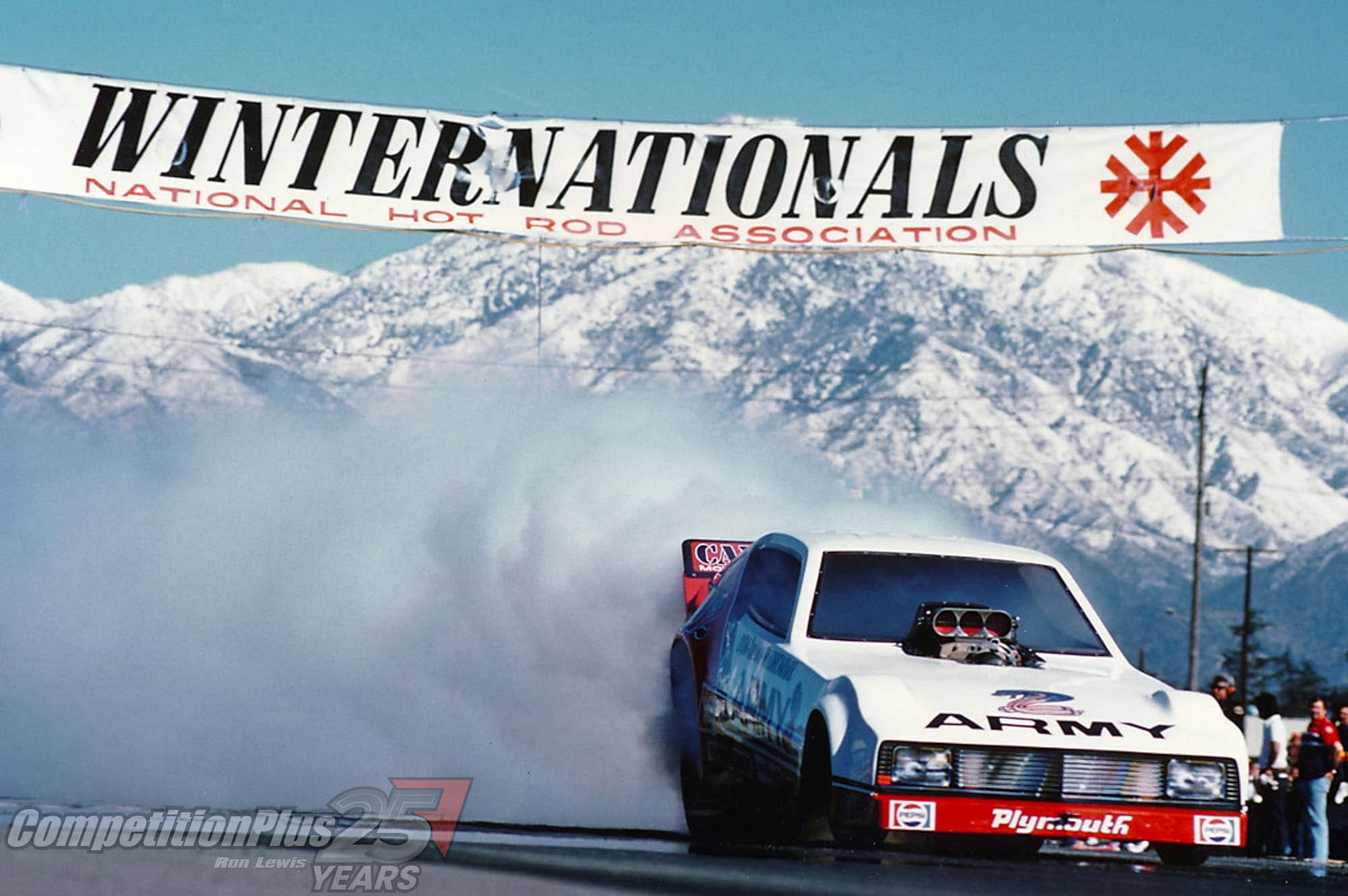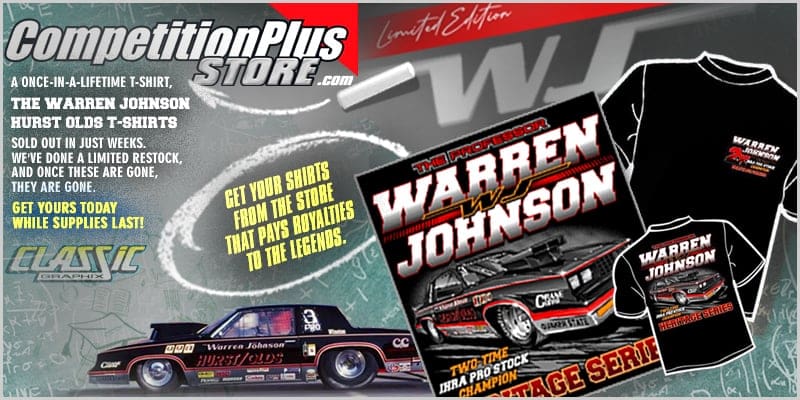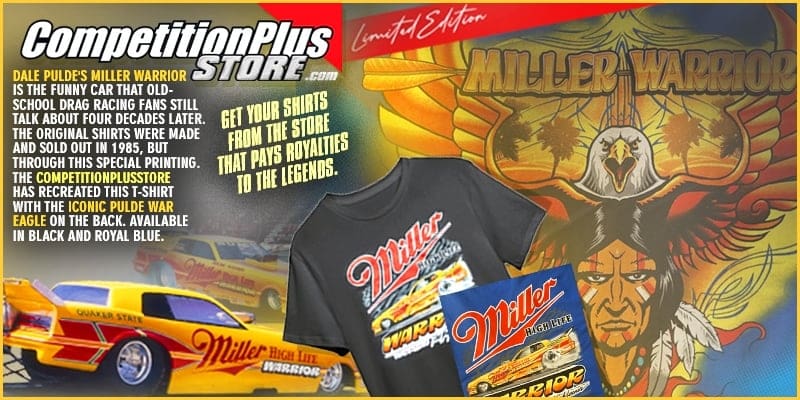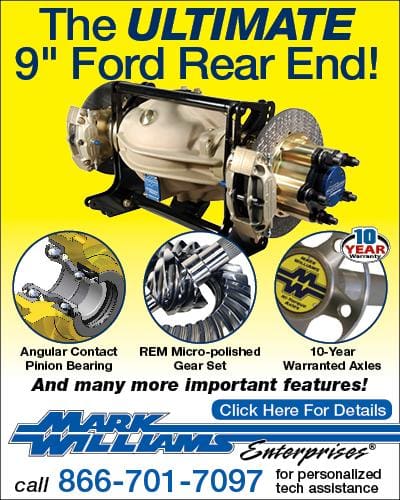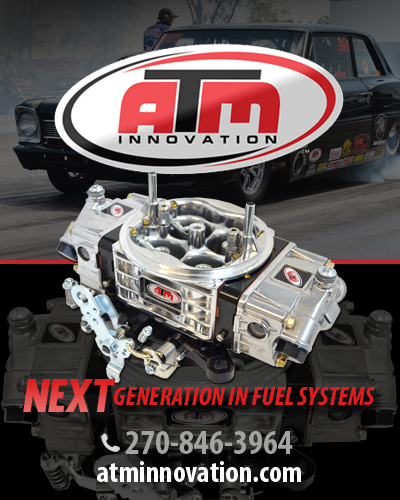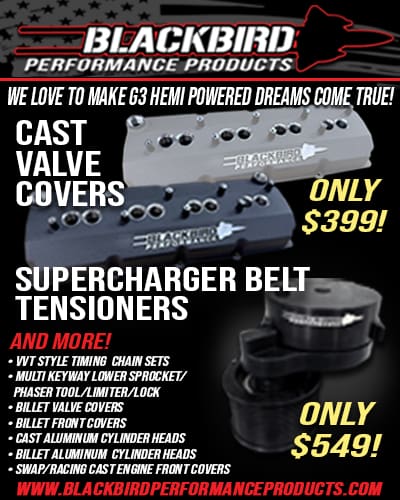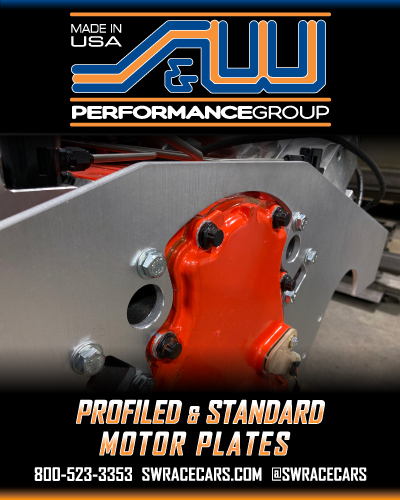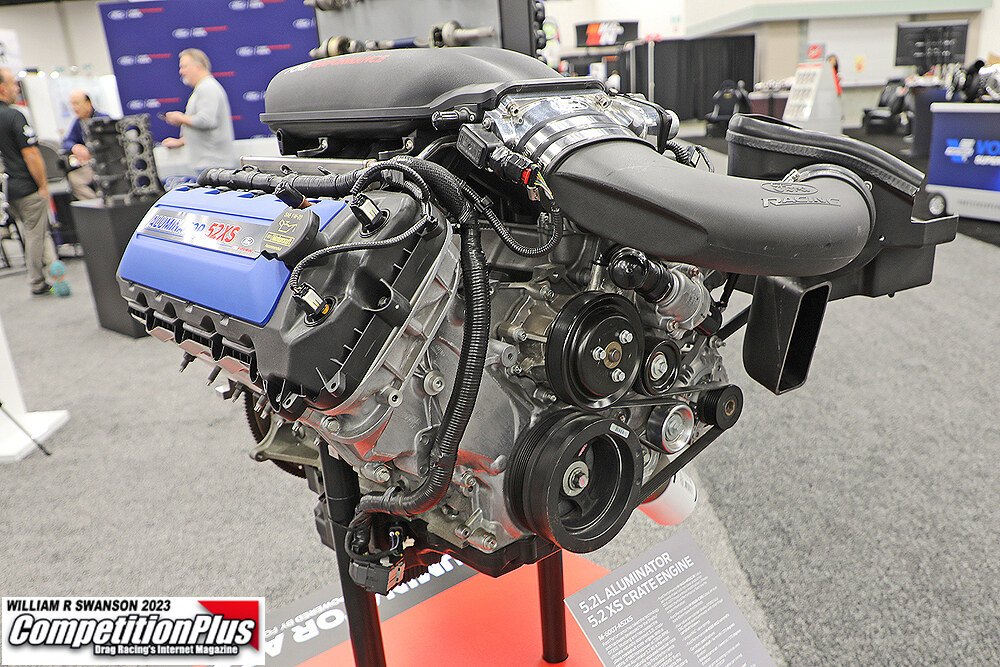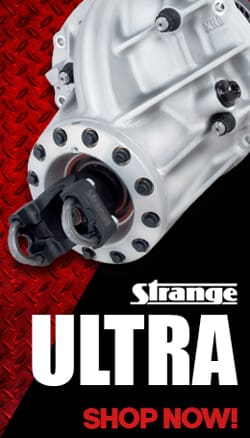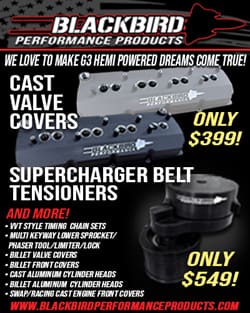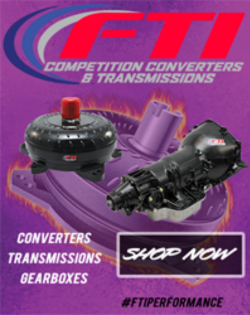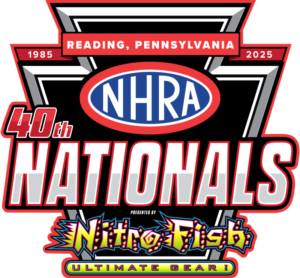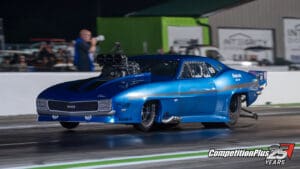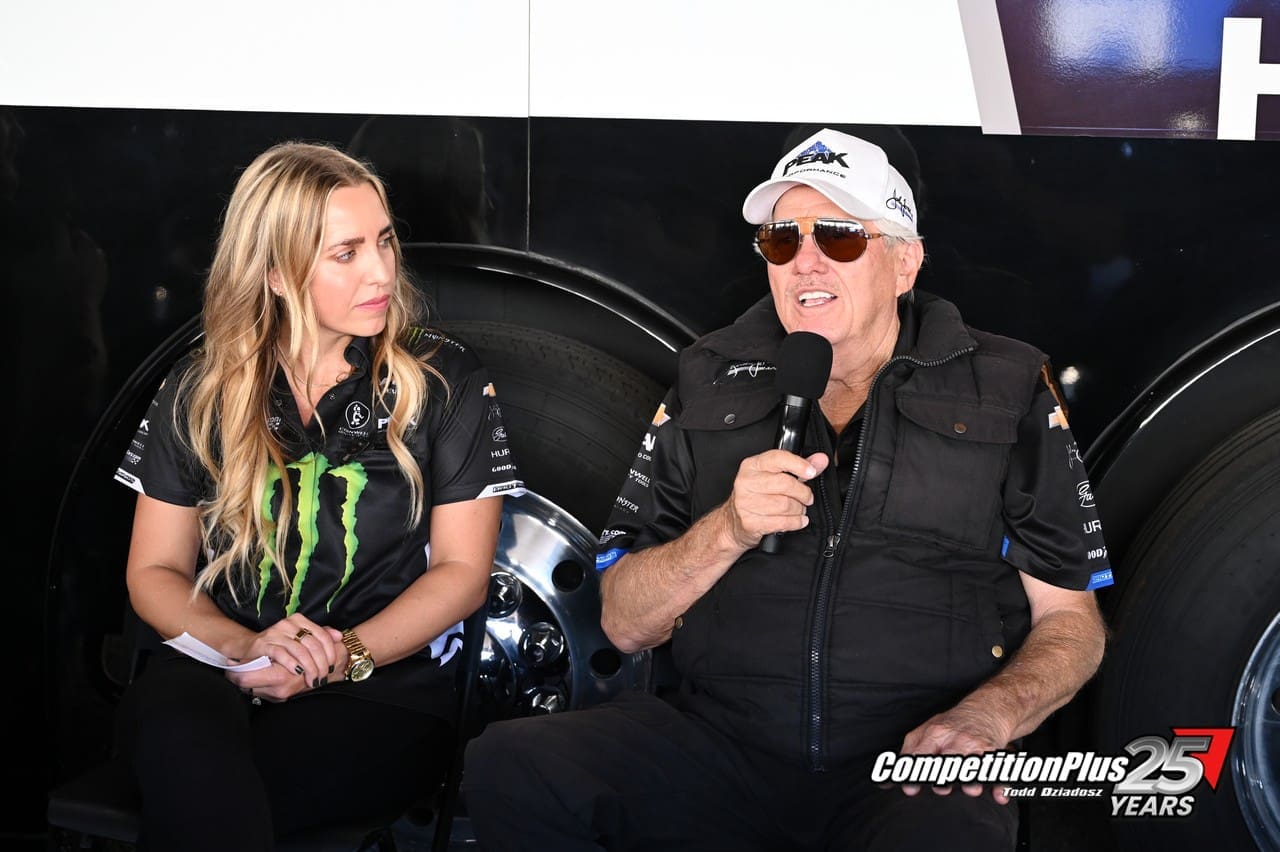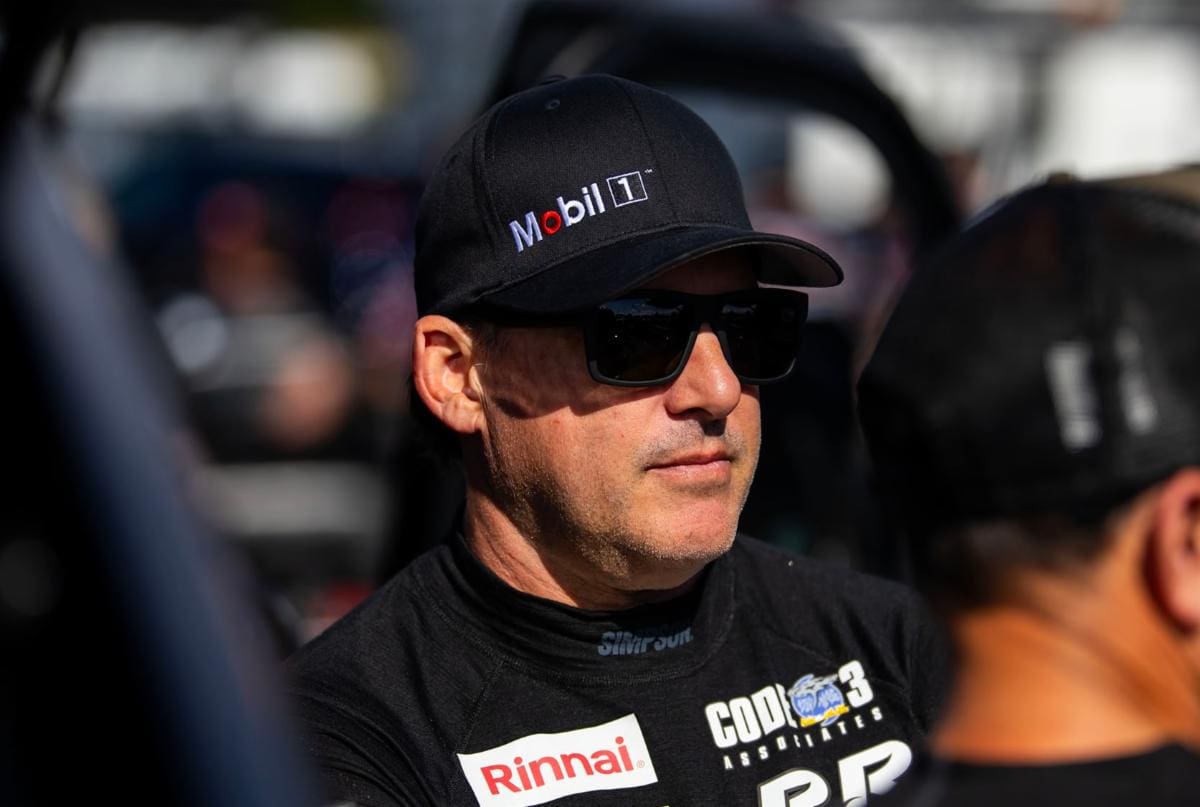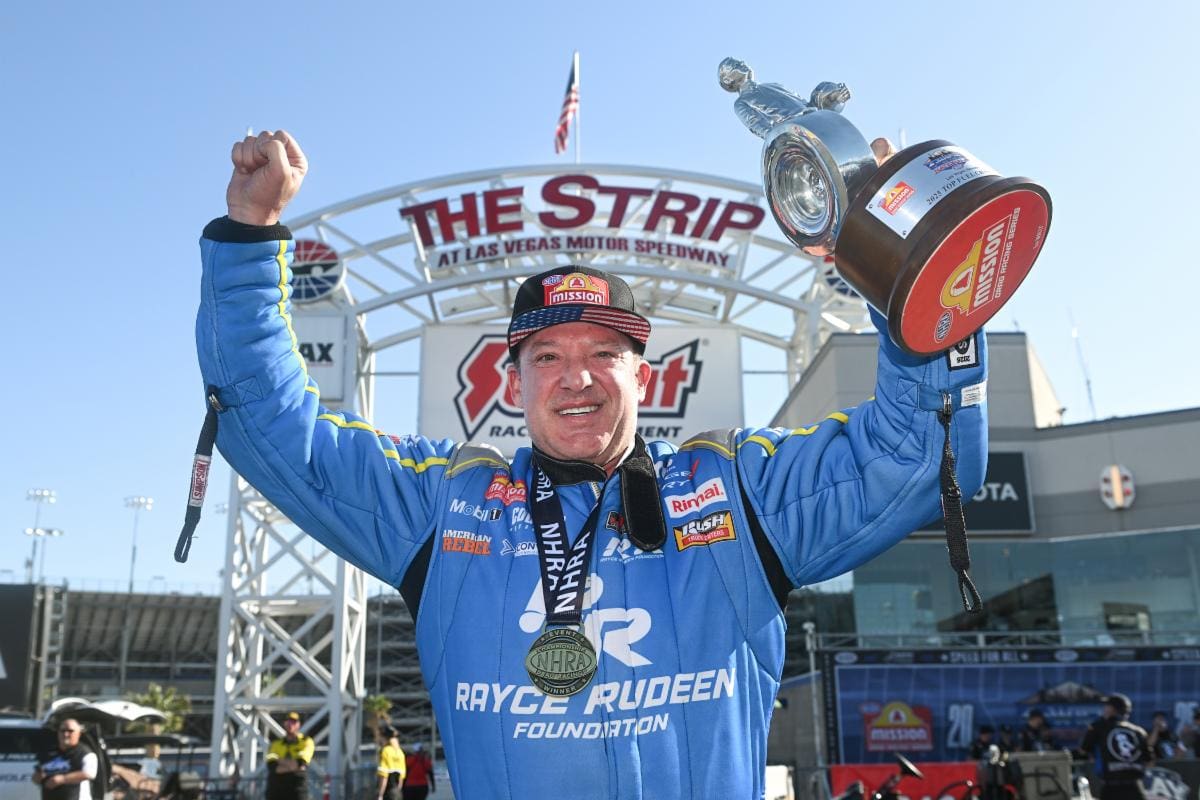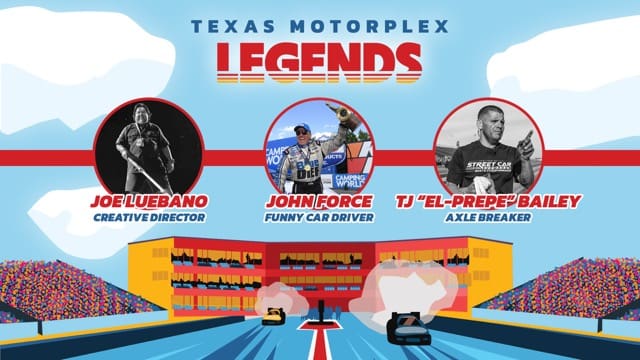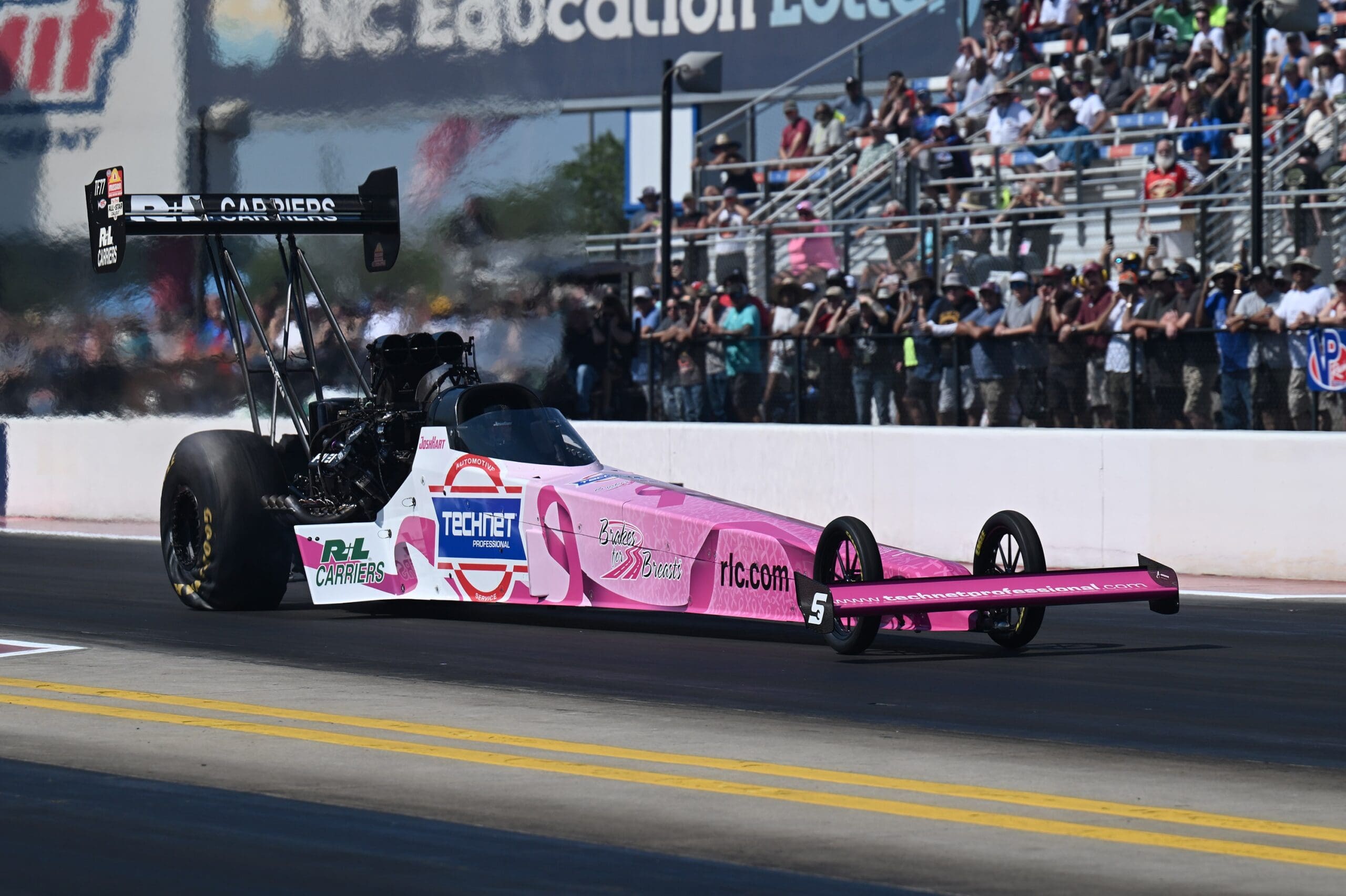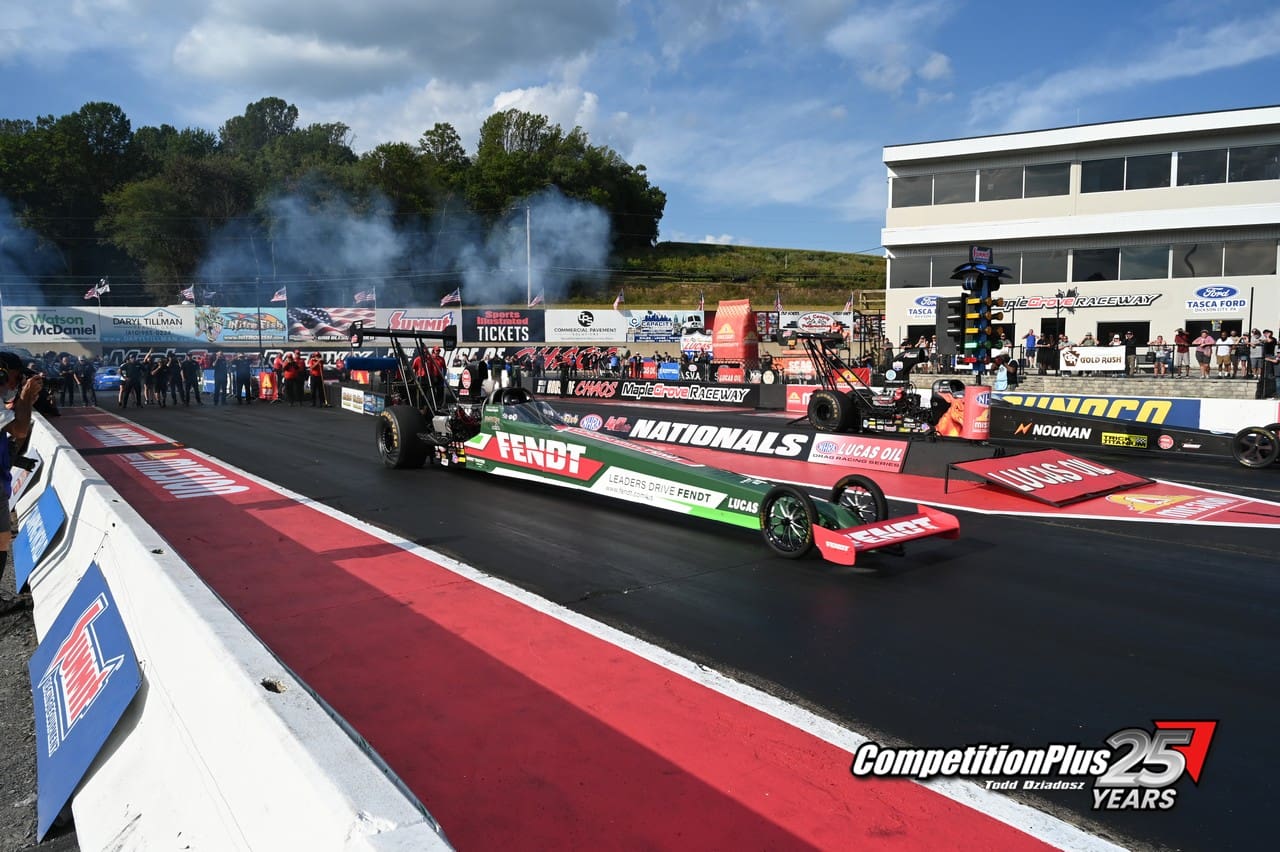Narrated by Ron Lewis

For over six decades, Ron Lewis has captured the adrenaline and artistry of drag racing through his lens, establishing himself as one of the premier photographers in the sport. Lewis was introduced to the drag racing scene at a young age, quickly developing a passion that would define his career. His keen eye for detail and ability to encapsulate the raw intensity of competition have made him a go-to photographer for teams and fans alike.
Lewis celebrates a remarkable milestone this weekend: his 60th consecutive NHRA Winternationals. Despite the years, he possesses an energy and enthusiasm that belies his experience, a testament to his enduring love for motorsports and the camaraderie he has built within the community. Lewis has spent nearly two-thirds of his life documenting this thrilling sport, and his photographs showcase the high-speed action and the emotions and stories behind each race.
Fortunately, he has chosen to share many of his iconic shots with us.
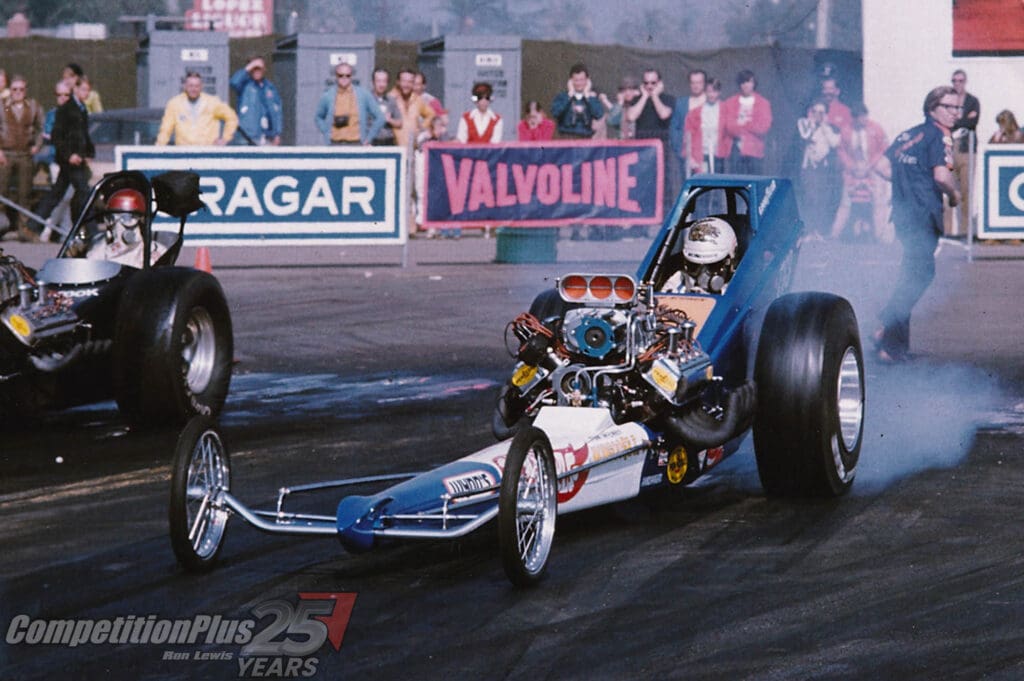
I remember the first time I saw Don Prudhomme and his Hot Wheels sling-shot dragster. This was 1970, and the first year I had an actual credential to get up close to the action. When I think of this car, I remember how it was built to resemble an actual Hot Wheels car. McEwen had a beautiful one, too. I was a 15-year-old teenager shooting for a San Diego television station. It’s stuff they could never get away in today’s corporate world.
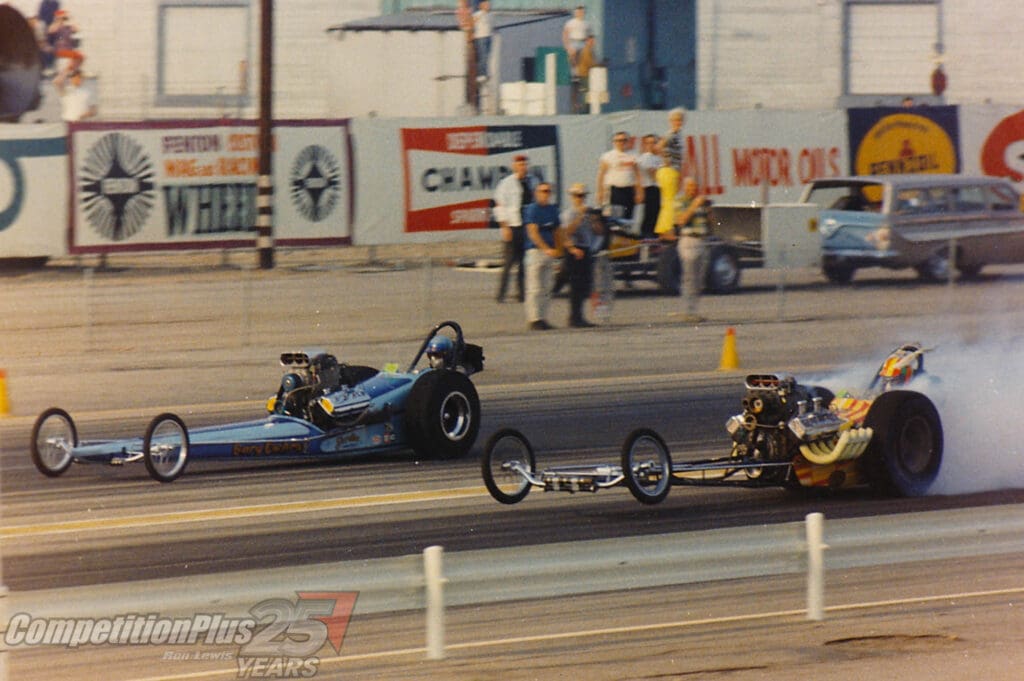
I love this picture. That was, I think 1967. Could be ’68, I was up in the grandstands at probably about 800-feet shooting back that way. And then from Gabelich and the power wheelstand at that point was a neat looking picture.
Back then, it wasn’t instant gratification to see what you got immediately, you had to wait for a while. I had a general idea what those pictures were going to look like, but that particular one with the wheels up like that, I didn’t know that until I got it back.
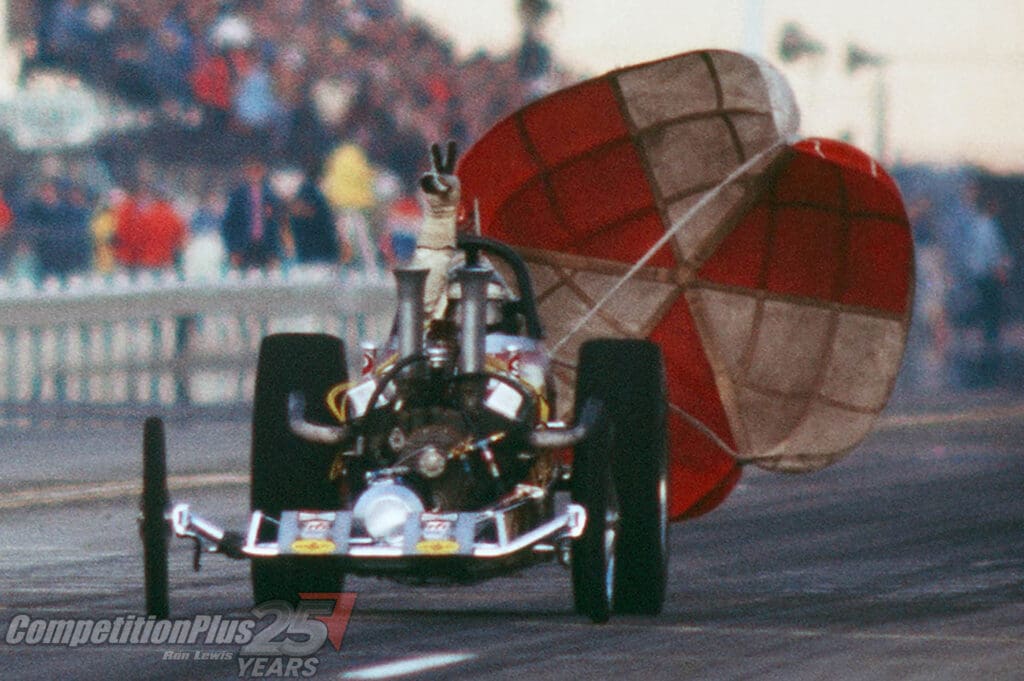
This was a sign of the times, a driver giving the peace sign going through the lights. Only the 1970s. It was much more spontaneous then and you could actually get away with doing something like that. Now all their arms, they’re all strapped into the car.
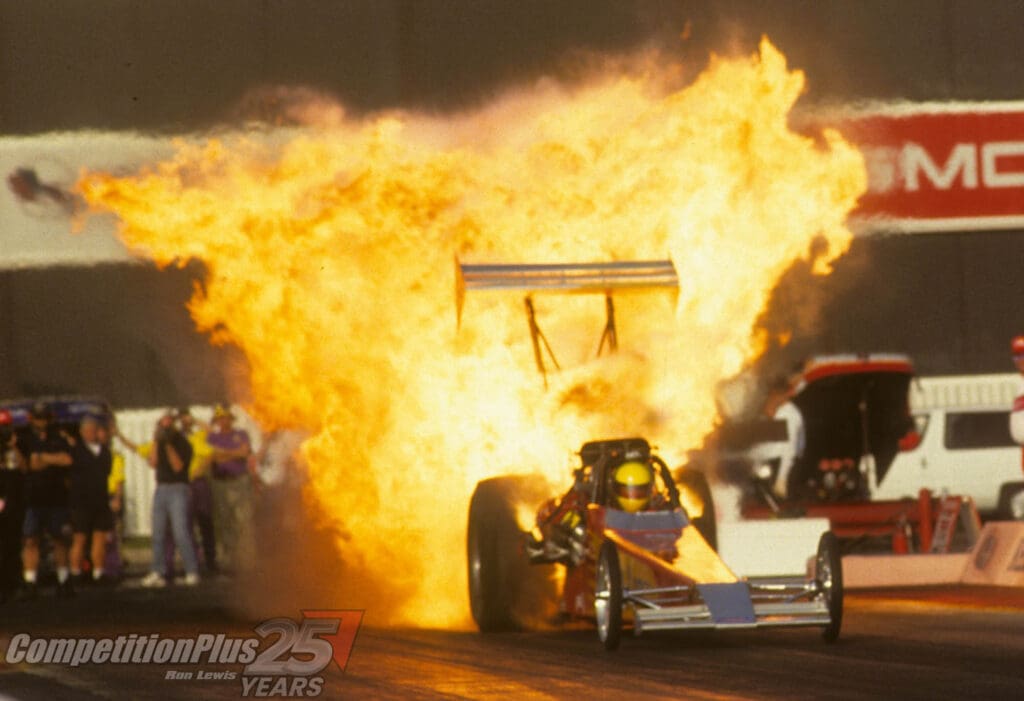
You never want to pick on a driver, but you always focused on Arley Langlo.
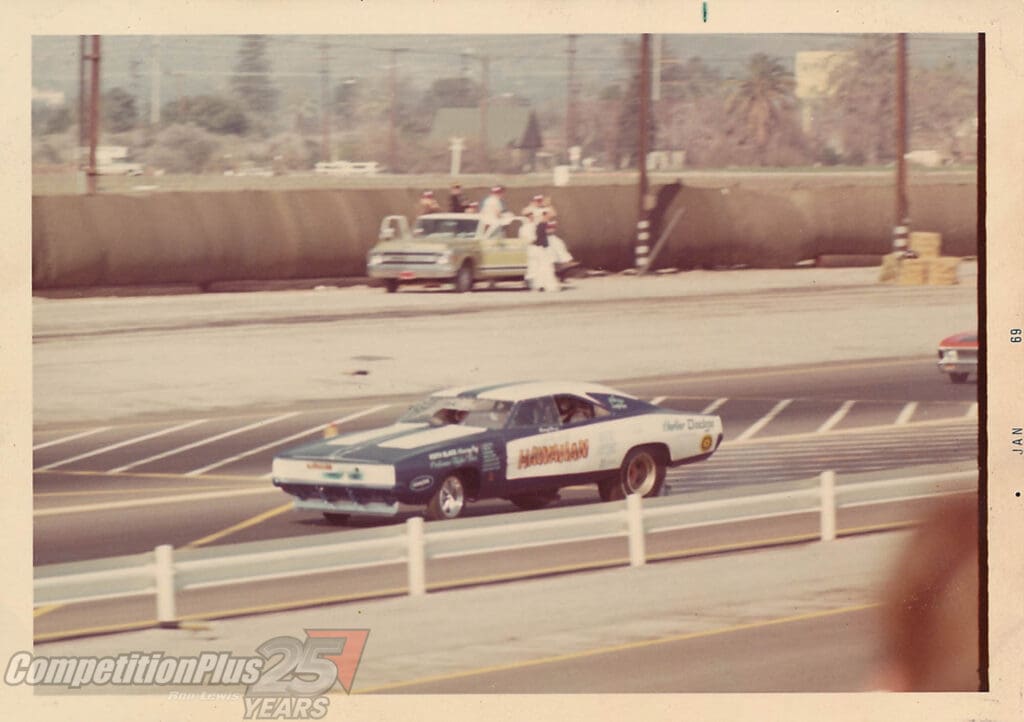
You could tell something was going to happen to Larry Reyes in Roland Leon’s Hawaiian at the 1969. Just after I shot this photo, the car went airborne.
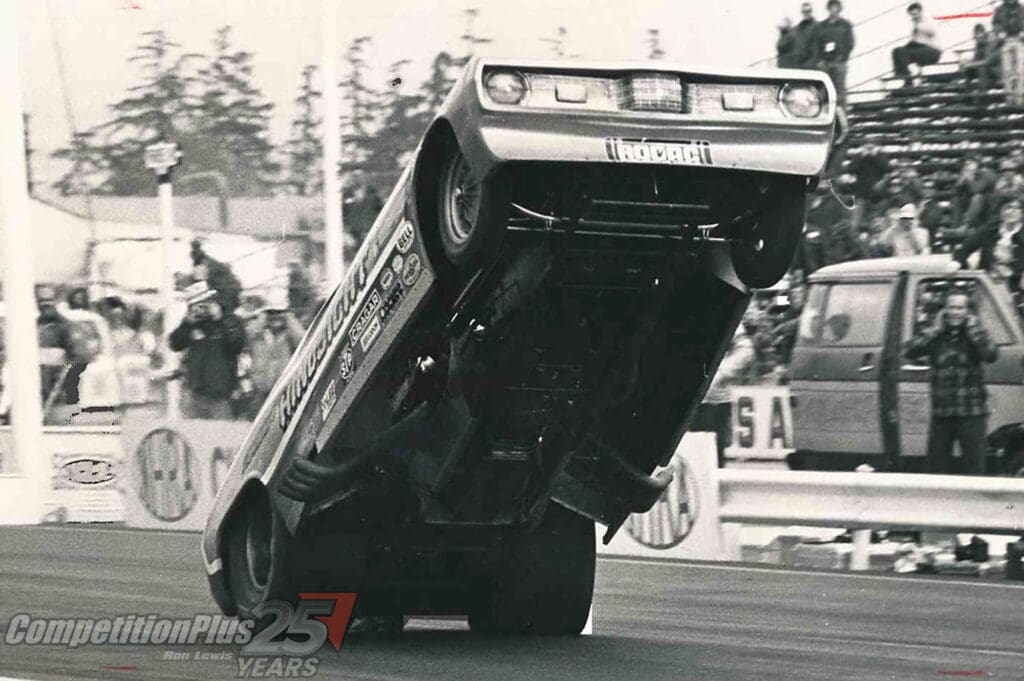
When you are shooting, it’s not a bad idea to get close to Hall of Famer Steve Reyes, because he always got the shot. Case in point when Dennis Geisler’s rear-engine Funny Car came to the line in Pomona, you knew something was going to happen.
When Reyes pointed at the car, we knew something was about to happen. In this case, a starting line blowover.

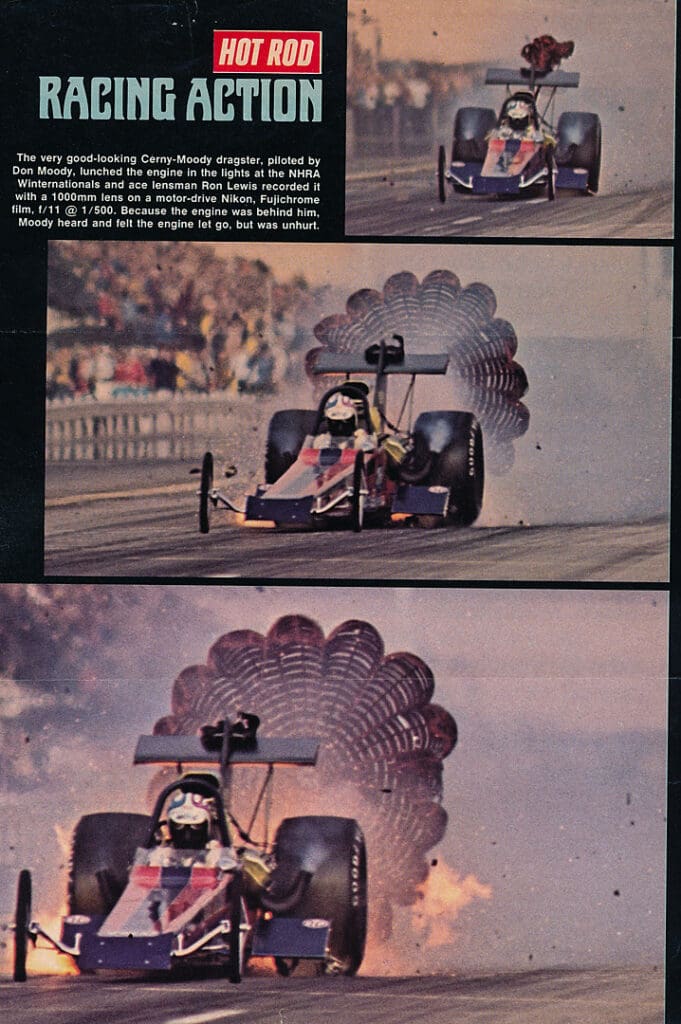
When you were a teenager kid like I was, and a gearhead, it really didn’t get any bigger than HOT ROD. This shot of the Cerny-Moody dragster got me on the map, and even though I wasn’t standing down there as it came through the traps, I had a remote camera with an 800 mm lens on it. It was on a tripod and I operated it via remote control.
It was just a hardwired remote that I had wires, like 50 feet of wiring from the camera on the tripod going back to the edge of the fence there. And when the cars came at me, I would just turn on the remote and the motor-drive would start taking pictures.
Getting a pic in HOT ROD was one thing, getting a photo spread was as close as you could get to winning the lottery.

This one kind of caught me off guard. These photos were taken in 1973. This was an event that got rained out three times. On the third weekend I was going to college and one of my friends from school drove me up there the night before and I slept on the ground out by the cars waiting to get in there because people were lining up to go in overnight.
So I basically hung out all night there and then went in there the next day and just took a lot of pictures of the drivers in the pits and stuff. I thought the pictures were okay, but the guys at Hot Rod really wrote some pretty entertaining captions on those things.
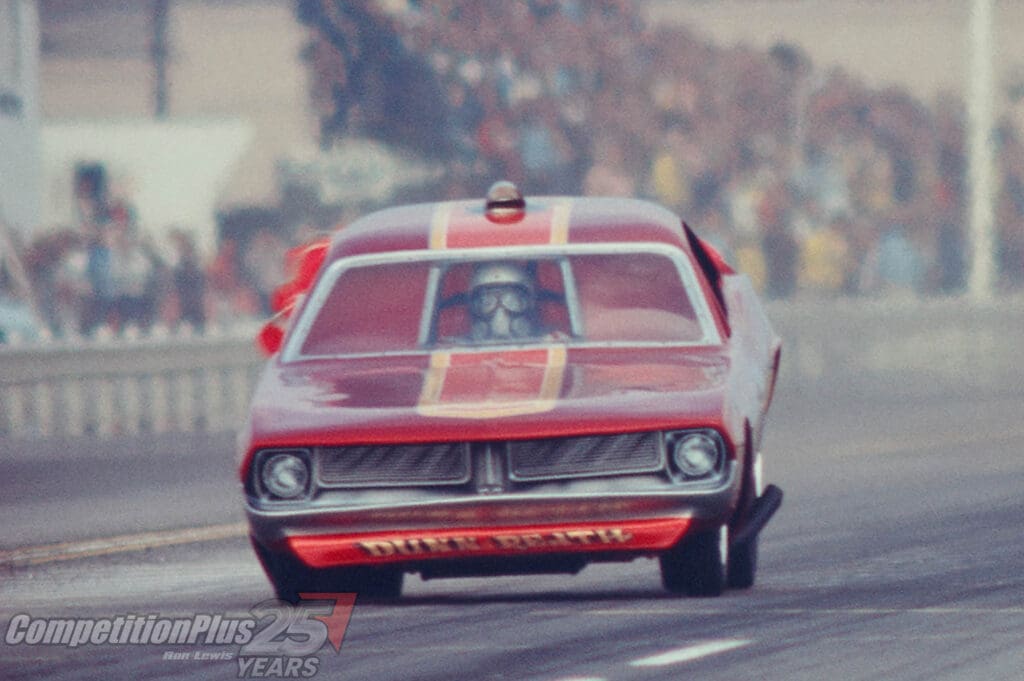
The Jim Dunn rear-engine Funny Car was a pretty cool thing to watch. This was another one of those remote shots because I don’t know of many who would stand down there for the shot. I know I wouldn’t have.
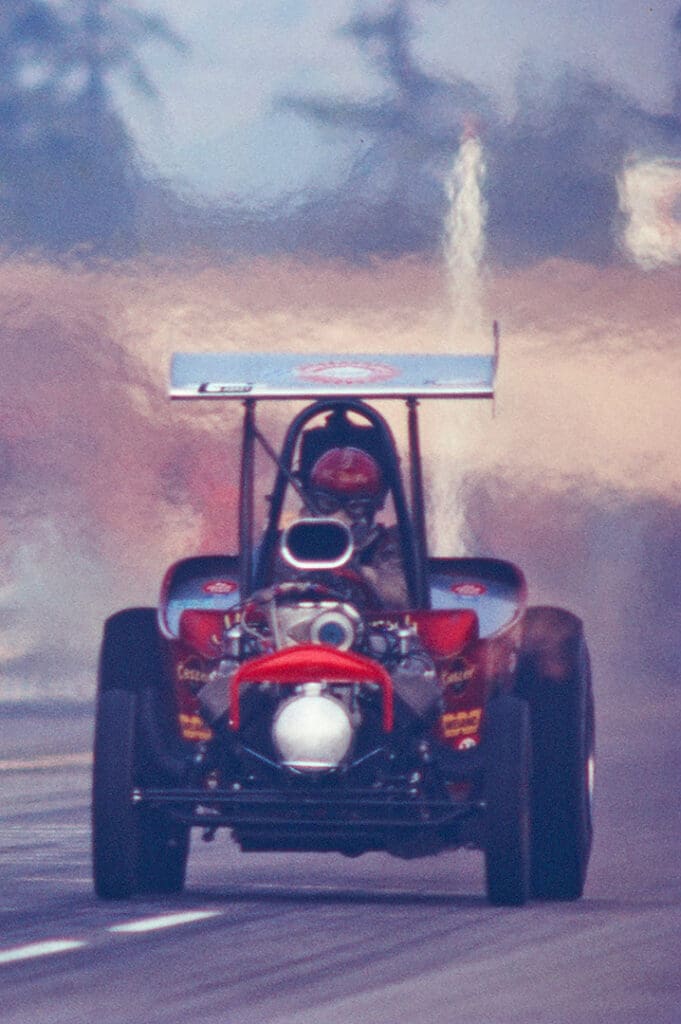
I fibbed earlier. I would actually stand there as the cars raced by on the top end, and while this was a remote camera shot, many times I’d be there with Steve Reyes and I, we’d stand right next to the guardrail in Bakersfield or Orange County and it was that single Armco stuff. We could not have run fast enough if a car came at you down there. Back when I didn’t value my life as much as I did the shot, I guess.
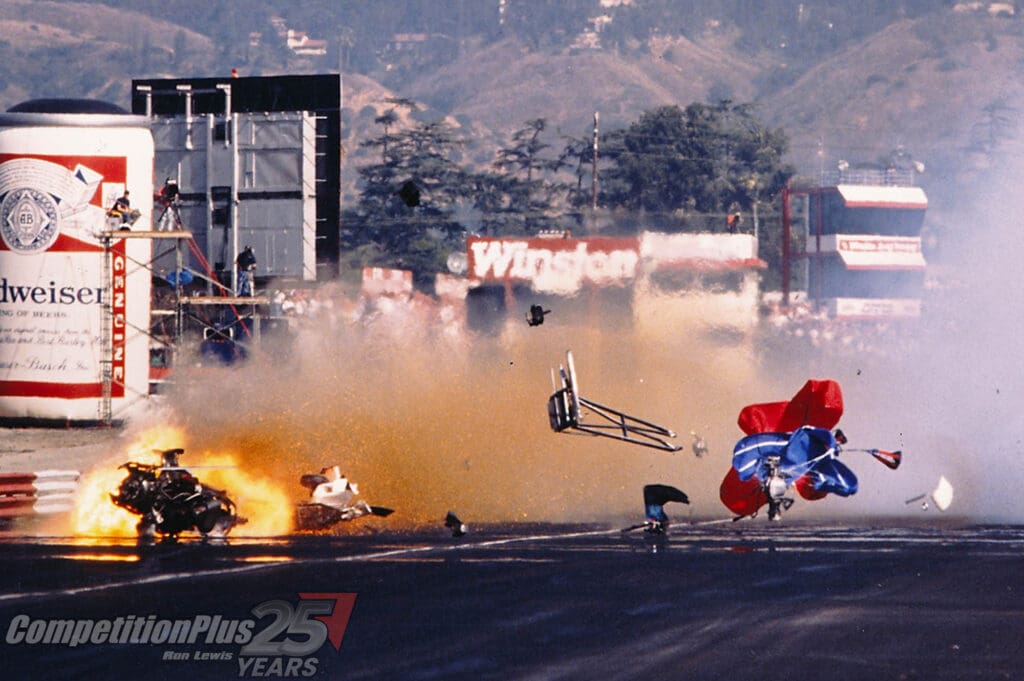
This is a photo of the late Jimmy Nix, and his Pomona blowover while racing Doug Herbert. We were in the lights and when he went by me, you could see the flames. That car, he went by me at probably a hundred miles an hour, and that car just, it was like a blowtorch on, I was over on the guardrail and it was hot going by from the other side there. He got burns on his hands at least. I don’t know much beyond that, but it was a pretty wild deal. I didn’t think he was going to walk away from this one, and in another one he didn’t.
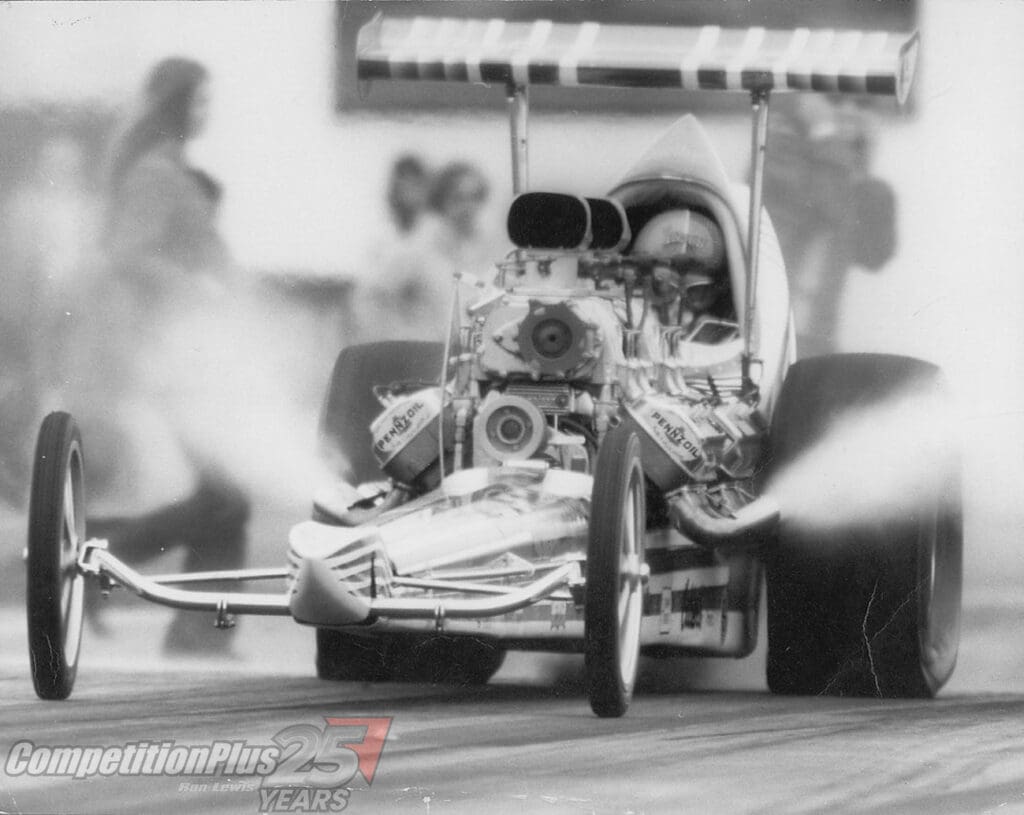
This was the Syndicate Top Fuel car, one of my favorites ever. Red, white and blue pearl paint, two nitro motors, and that silly wing over the engines. Never ran worth a crap, but a dang cool car. It was the definition of overkill.

I don’t think there could be a more iconic photo of Don Prudhomme and his Army car in the Winternationals Banner. A lot of magazines bought this photo.
Back then the [Pomona] guardrail for the track was a single or Armco metal barrier. I could lay on the ground and be under the guardrail and shoot back toward pictures of the cars and I said, man, besides it being just a really cool angle with the snow in the background, then that year, I mean it was so obvious a thing to shoot that angle there because you knew it was going to be fantastic.
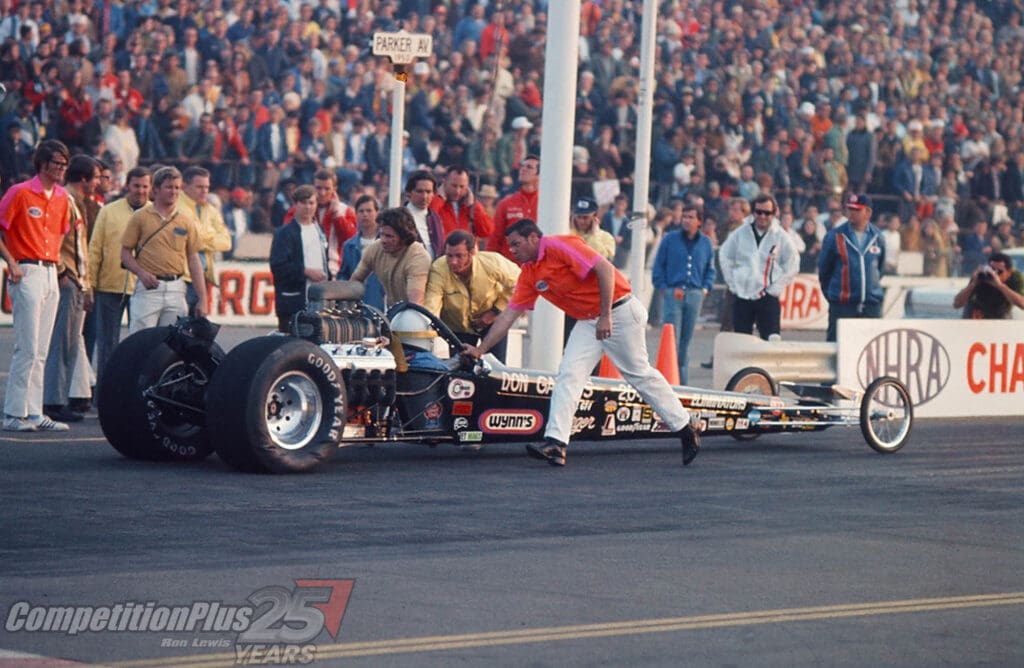
When you are shooting at the races, you really don’t realize that any shot you have will go down in history. This was 1971 when Don Garlits unveiled his rear-engined dragster. It was just magical from Buster Couch assisting in pushing the car back for its final round single.
Nobody had anything like this dragster. It was like a handmade race car. If you look at the pictures closely, I mean, the car is just a tinker toy. I mean, you look at the rear chassis parts on it and there’s no wing. It just looks so flimsy there, but it worked.





